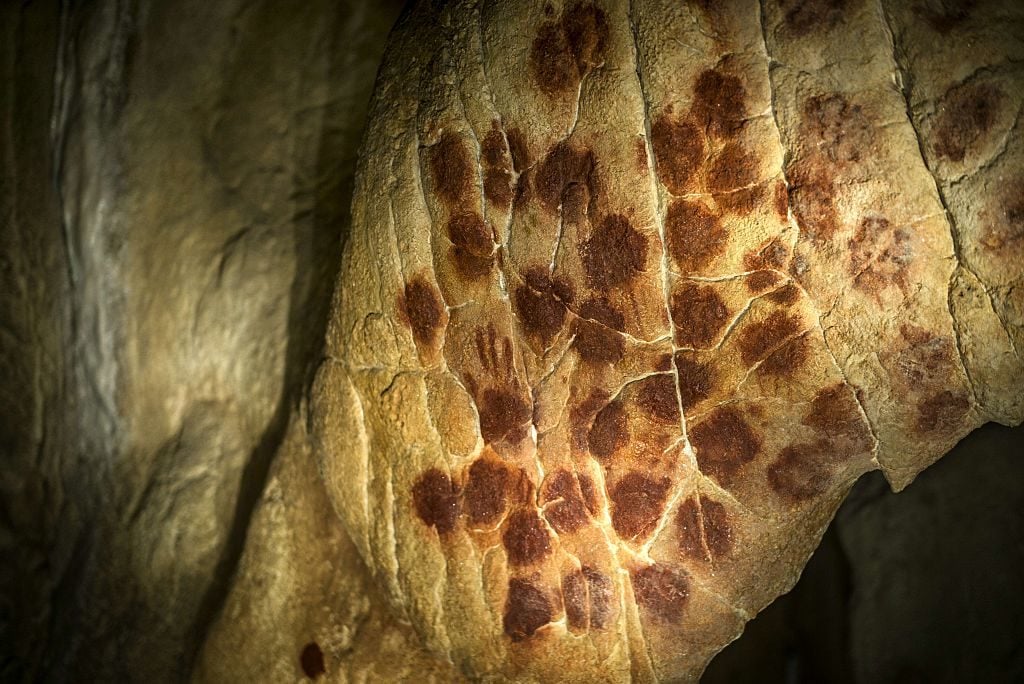Art World
Scientists Unlock the Mystery of Chauvet Caves Paintings in France
What's behind the abstract paintings at France's Chauvet Caves?

What's behind the abstract paintings at France's Chauvet Caves?

Henri Neuendorf

Following a new discovery, the abstract details in France’s Chauvet Caves paintings, created by early humans 36,000 years ago, are thought to depict a volcanic eruption, scientists say.
Although the paintings were discovered back in 1994, a recent geological survey conducted in the Bas-Vivarais region in France, where the cave is located, has led to a new interpretation of the paintings.
Scientists discovered that a volcanic eruption took place in Bas-Vivarais at around the same time as the paintings were created between 30,000 and 40,000 years ago.
The findings give new significance to the abstract daubs of red and white pigment which were found next to figurative depictions of lions, woolly mammoths, and other animals, and provide new insights into the level of understanding that early humans had of their surroundings.
“Their eruption in the caves seemed unusual and anachronistic because they were not figurative” team leader Jean-Michel Geneste wrote in the scientific journal PLoS One, explaining that his team’s findings solved the mystery of the abstract depictions that appeared alongside those of animals. The strange red daubs had long confused paleontologists.
“It is very likely that humans living in the Ardèche river area witnessed one or several eruptions,” Geneste said. “We propose that the spray shape signs found in the Chauvet-Pont d’Arc cave could be the oldest known depiction of a volcanic eruption.”
The theory suggests that these cave paintings are indeed the earliest depiction of a natural disaster in the world. They are 28,000 years older than drawings found in Catalhoyuk, central Turkey, which were previously thought to be the oldest.
The closest Vivarais volcano is only 22 miles from the Chauvet caves. According to experts, the Vivarais eruption reportedly resembled a fireworks display, bearing a similarity to the depiction in the cave paintings.
What’s more, according to the Independent the drawings could challenge the meaning of early cave paintings and commonly held conceptions of both art history and science relating to the meaning of such drawings.